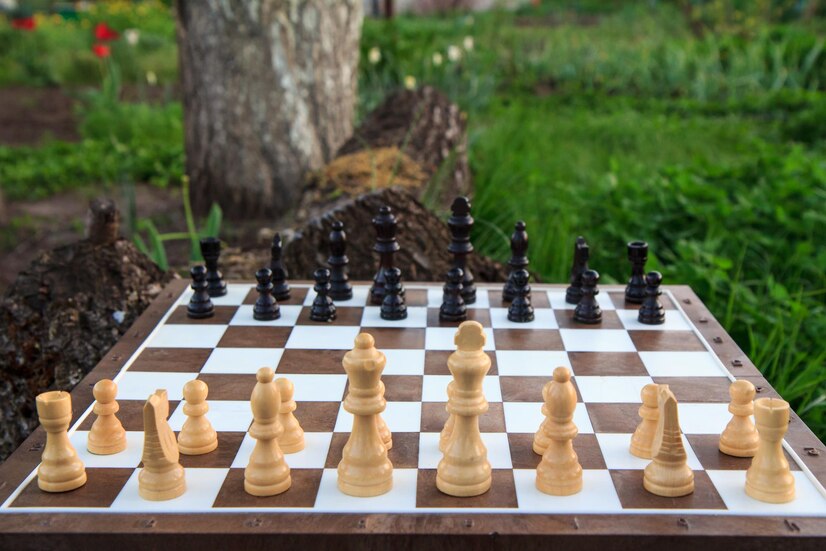We often use strategy in our lives when playing sports, video games or board games. In the real world we don’t have a field, screen or board, and the variations are unlimited.

How can we save this group of century-old trees? How do we ramp up free public transport use in our city? What barriers do we need to remove to ensure our neighbourhood lives into a future of sustainable food production?
A campaign plan will set parameters for ourselves to be able to make choices about tactics. It will help us create strategic moments which put the levers to change in our hands.
What’s the plan?
A plan will suggest clear objectives and targets within a defined time frame. It gives us measures to judge progress towards our vision of a better world, and can be used as a guide to judge our next steps in a fluid situation.
We need a useful plan, so make one that works for you. A plan can be as simple or as detailed as you like.
It could be a bit of paper with a list of bullet points that answer these questions.
- What’s the problem? How do people experience this, and who are they?
- What’s our solution?
- Who has the power, or decision making ability, to make that happen?
- What makes this urgent? How much time do we have?
- How will the future look after we’ve won our campaign? How will we experience this?
It’s ok to brainstorm first and then narrow it down and work it out as you go.
A realistic plan is one we can all believe can succeed. It needs to be ‘plausibly possible’.
It could include a list of escalating tactics. It could break down who holds power, who influences them and where we need to shift it. It could identify barriers and opportunities, allies and audiences.
Here are some tools that the Greenpeace crew use at different times.
These are guides meant to spark ideas, and nothing will replace the real world experience you can gain by trying stuff yourself. If in doubt, don’t wait for a theory – try something small, and learn from that!
Power mapping: This tool sparks thinking around the nature of power and where it sits for your issue.
Pillars of power: This tool also helps identify power, and to zero in on which can be a target.
Spectrum of allies: This tool helps thinking about audiences, targets or social groups to find active support.
Choosing tactics: This post helps us consider different kinds of tactics. And this is a list of 198 non-violent tactics!
Theory of change: This tool help us put in words how we think we can make change happen.
Critical path: This template uses some of the tools here to create a campaign plan.
Do you have any suggestions to make this page more useful? Contact the crew at [email protected]
